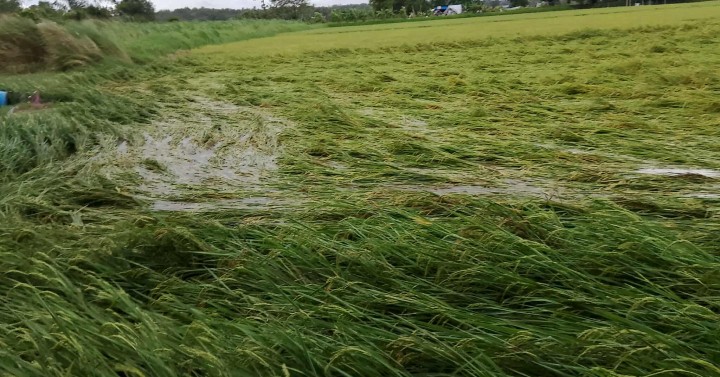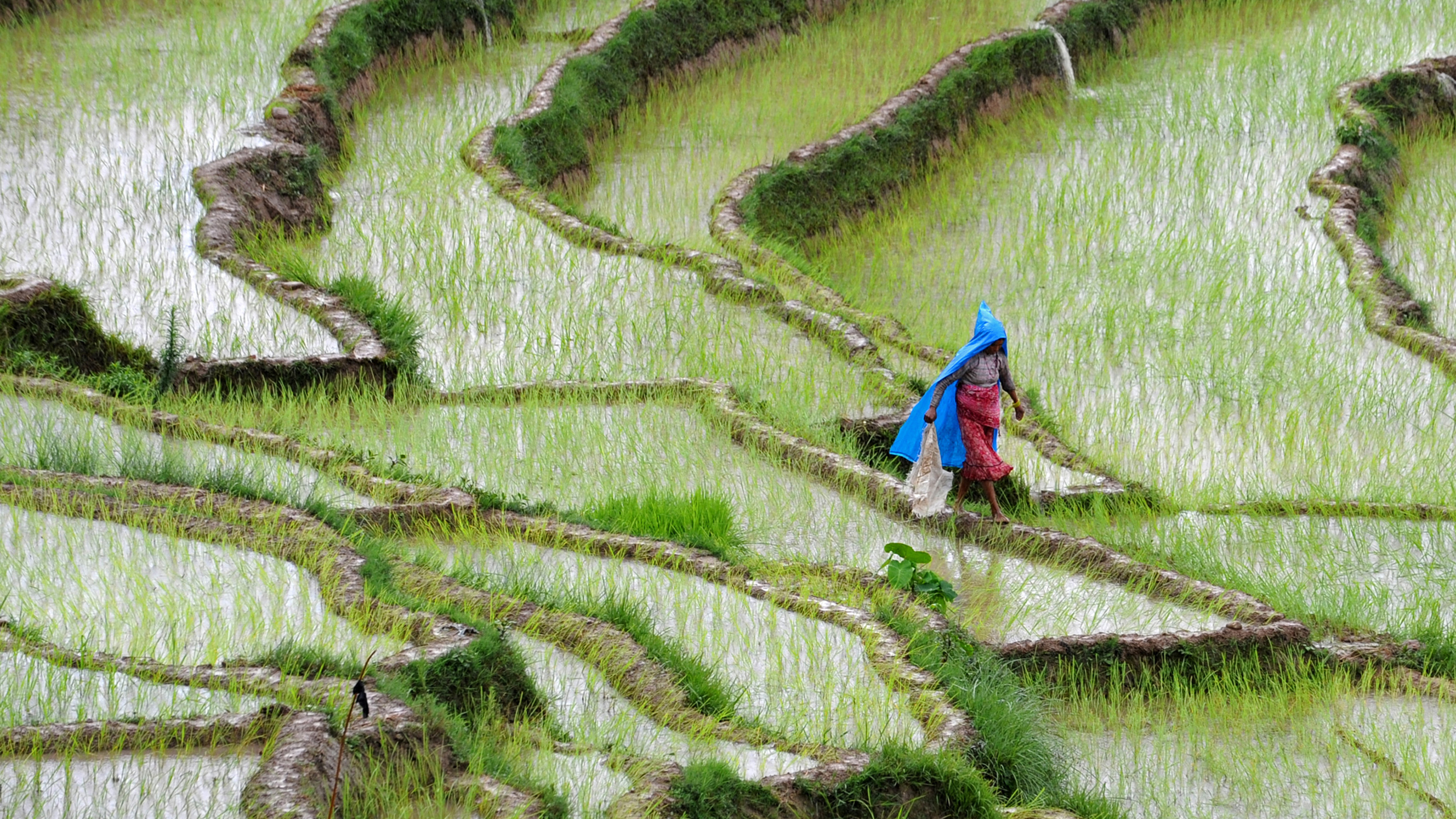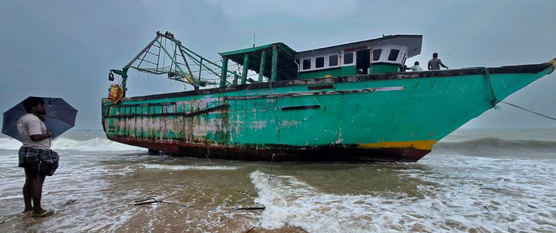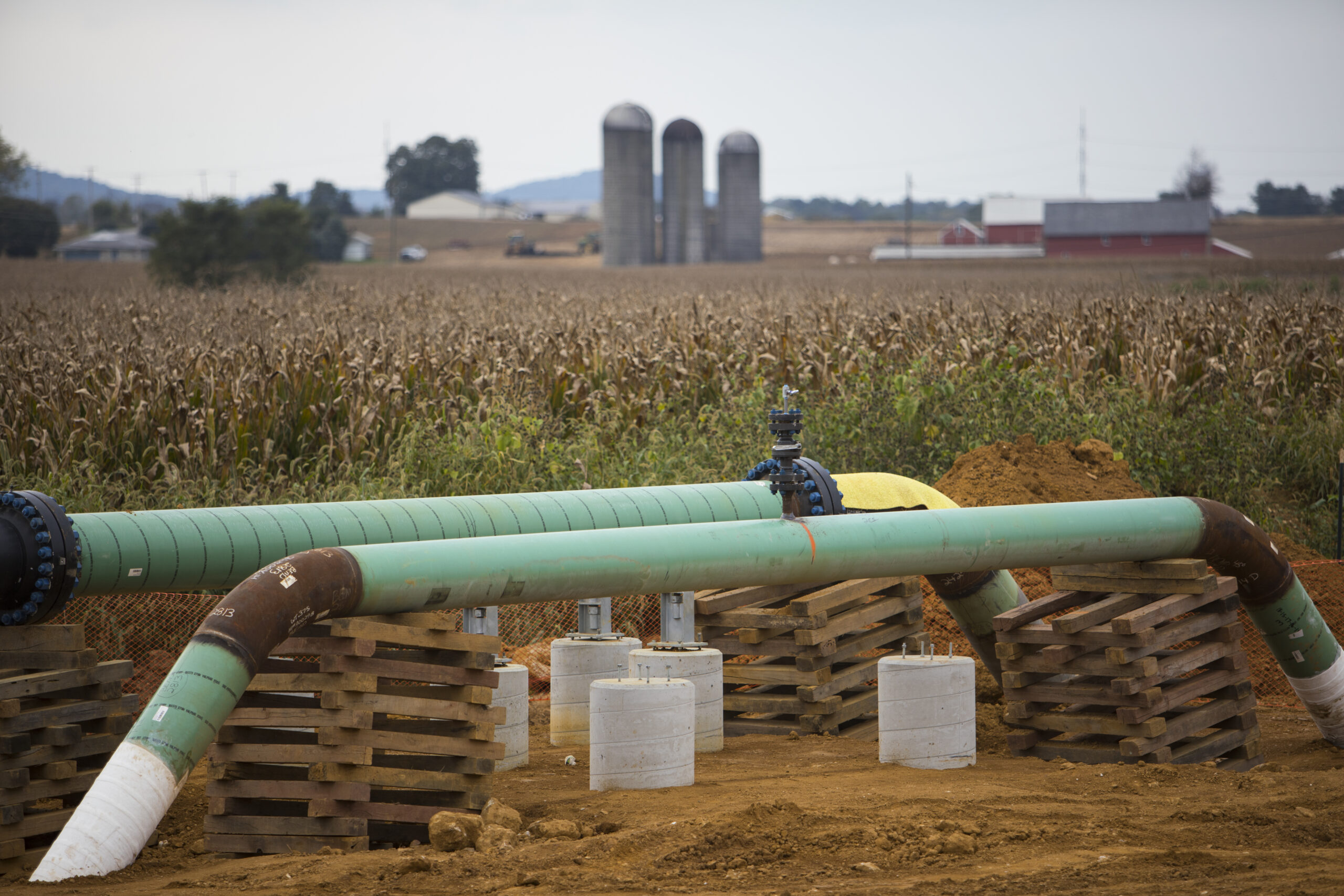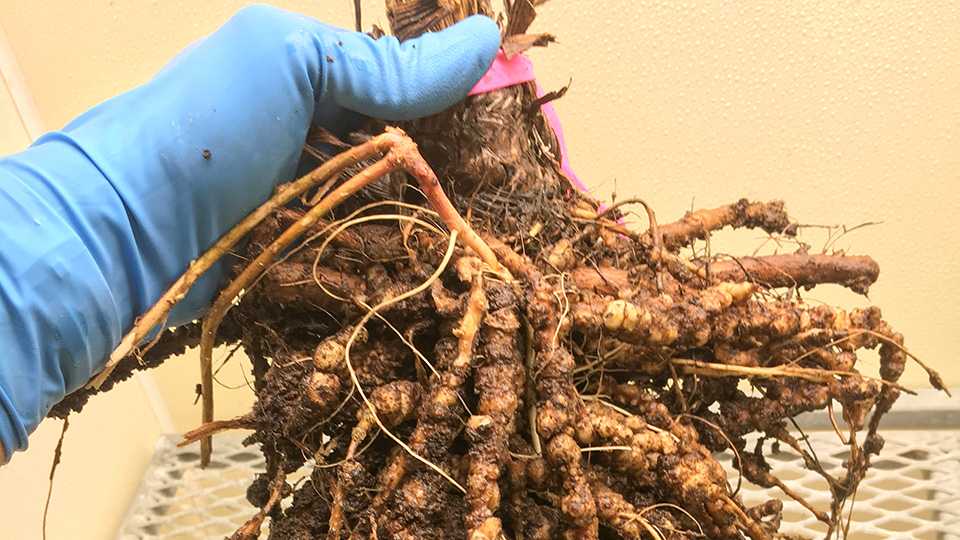Asset management company Mirova has made a $30 million investment into a regenerative agriculture project in India created by Asia’s leading carbon project developer Varaha.
This move marks Mirova’s largest single commitment to date as part of its strategy for supporting nature-based carbon dioxide removal (CDR) initiatives, and it represents Mirova’s first investment in an India-based CDR project, aligning with the firm’s ambition to scale climate projects in Asia.
As part of the agreement with Vahara, Mirova, an affiliate of Natixis Investment Managers, is investing in the Kheti soil carbon project in the Indian states of Haryana and Punjab.
Positioned on a territory of 675,000 hectares, the project will support a network of over 337,000 smallholder farmers in transitioning from conventional agriculture activities towards adopting regenerative practices such as direct seeding of rice, crop residue management, and reduced tillage.
By adopting these climate-oriented methods, the farmers will help facilitate processes that will remove CO2 emissions from the atmosphere and strengthen the natural soil carbon sink.
As a result, the project is expected to generate high-quality carbon removal credits following Verra’s VM0042 methodology, operating with a revenue-sharing system that will ensure partnering farmers benefit directly from the sale of carbon credits.
The project is also expected to achieve Climate, Community & Biodiversity (CCB) certification.
Talking to Carbon Herald, Varaha Chief Commercial Officer Ikarus Janzen comments,
“This is a super exciting deal because, to our knowledge, it is actually the largest one in soil carbon regenerative agriculture in the carbon credit space globally. Mirova is a set of mostly French corporates from luxury goods, from real estate, from IT services, and different very well-known brands, and they are investing into projects like this one, receiving carbon credits in return for their investment. This deal is different from most other agreements, as it allows us to actually have the investment from day one of the deal.”
With only three years of market presence, Varaha has managed to position itself as the largest CDR project developer in Asia. The company designs and implements high-integrity initiatives that remove CO2 emissions and deliver additional social and environmental benefits, empowering smallholder farmers across South Asia.
In line with this vision, the Kheti soil carbon project is expected to deliver decarbonization results while enhancing the soil health in these regions and contributing towards a wider ecosystem regeneration in Haryana and Punjab.
Janzen explains,
“What we have there is lots and lots of rice and wheat farmers that plant rice in the summer, wheat in the winter, practicing conventional agriculture. This includes a process called transplanting of rice, where the fields get flooded, releasing lots of methane emissions, and then plants from the nursery are planted into the flooded fields. After the harvest, the farmers typically burn the crop residues, creating huge volumes of smog. The fields are tilled regularly and quite deeply, which leads to substantial soil erosion and degradation, which in turn has been destroying the soil organic carbon over the past few decades, leading to impoverished soil health and increased dependency on chemical fertilizers.
Due to climate change, the farms are experiencing extended periods of drought and heavy rainfalls. As the soil is so degraded, it cannot store the rainfall water efficiently so that it can last throughout the drought period.
What we’re doing is supporting these farmers in regenerative agriculture practices, helping them incorporate these crop residues back into the soil by giving them access to subsidized machinery. We promote a practice called direct seeding of rice, where instead of flooding the fields and planting them with nursery seeds, farmers can use a machine to directly put the seeds into the soil where they can grow in synergy with the soil rather than against the soil and stimulated by fertilizers.”
The project’s regenerative practices will help farmers lower costs, water consumption, and the dependence on chemical soil boosters, improving the agricultural yields and air quality in these states and creating new employment opportunities.
The initiative will also pay special attention to gender and inclusion, reaching out and supporting women farmers and female entrepreneurs in rural communities.
Janzen adds,
“Currently, we’re supporting around 25,000 farmers in these two states, and we’re rolling this out to almost 300,000 farmers. The money is being spent on training and implementation support, together with local NGOs and local FPOs, which are basically cooperatives in these regions that are working locally with a few thousand farmers, so we train the trainer and provide access to the machinery.”
Sharing thoughts on what attracts buyers to embark on these kinds of investments, Janzen points out that in this case, India was an area of interest for Mirova, adding that regenerative agriculture is an appealing nature-based CDR method due to its ability to deliver credits by 2030.
As other vital deal factors, Janzen also mentioned the cost-effectiveness of this method and the substantial co-benefits it brings to the area, like improving the water retention and soil quality and positively impacting the livelihoods of a vast group of people in this part of India.
Even with these advantages of large-scale regenerative agriculture projects, Janzen clarifies that going forward, Varaha will continue working on the four CDR approaches currently present in its portfolio of initiatives that include biochar, reforestation, and enhanced rock weathering.
He shares,
“We don’t pick a favorite child at this point, we love them all, and we have signed significant deals in all categories already. We have our own research farm that is 52 acres in size, where we’re actually trying out different combinations of stacking the practices. So regenerative agriculture, biochar, enhanced rock weathering, and then doing the different combinations and permutations of that to see what the benefits or potential risks are if you do that. We have 760 subplots where we conduct scientific experiments in order to understand what the possible effects are, as there is very little scientific evidence of that. We see early indications that one plus one may even be more than two.”
The company intends to keep India as its main area of focus, while also working on projects in Nepal, Bangladesh, and Bhutan and exploring expansion options in countries on the African continent.
When it comes to scaling the field of soil organic carbon, Janzen highlights the importance of transparent and trustworthy communication around MRV and quantification that would improve the public perception of this CDR method, providing clear answers to the questions that typically arise.
For the needs of the field of carbon removal in general, he mentions demand and the power of policy to catalyze it, saying that securing project financing is crucial and can be solved through better offtake agreements and better compliance mechanisms.
Commenting on the future prospects of CDR, Janzen shares,
“What we will see is a lot more consolidation in 2026, but then even more so in 2027. Currently, we have more than 800 durable carbon removal companies, excluding the ones that are doing nature-based removal. There’s going to be huge consolidation, and we already see consolidation pressure today. As we’re now the largest carbon removal player in Asia, and we have a very healthy balance sheet, and we turn profitable as a company, we’re actually able to look at other companies and consider a potential acquisition. I think there is going to be a lot of consolidation next year, and then even more in the year after. This is also necessary because large counterparties want to deal with larger counterparties and not with two-year startups that have a runway of another year, and I think consolidations will help us mature the market further.”
Source - https://carbonherald.com







